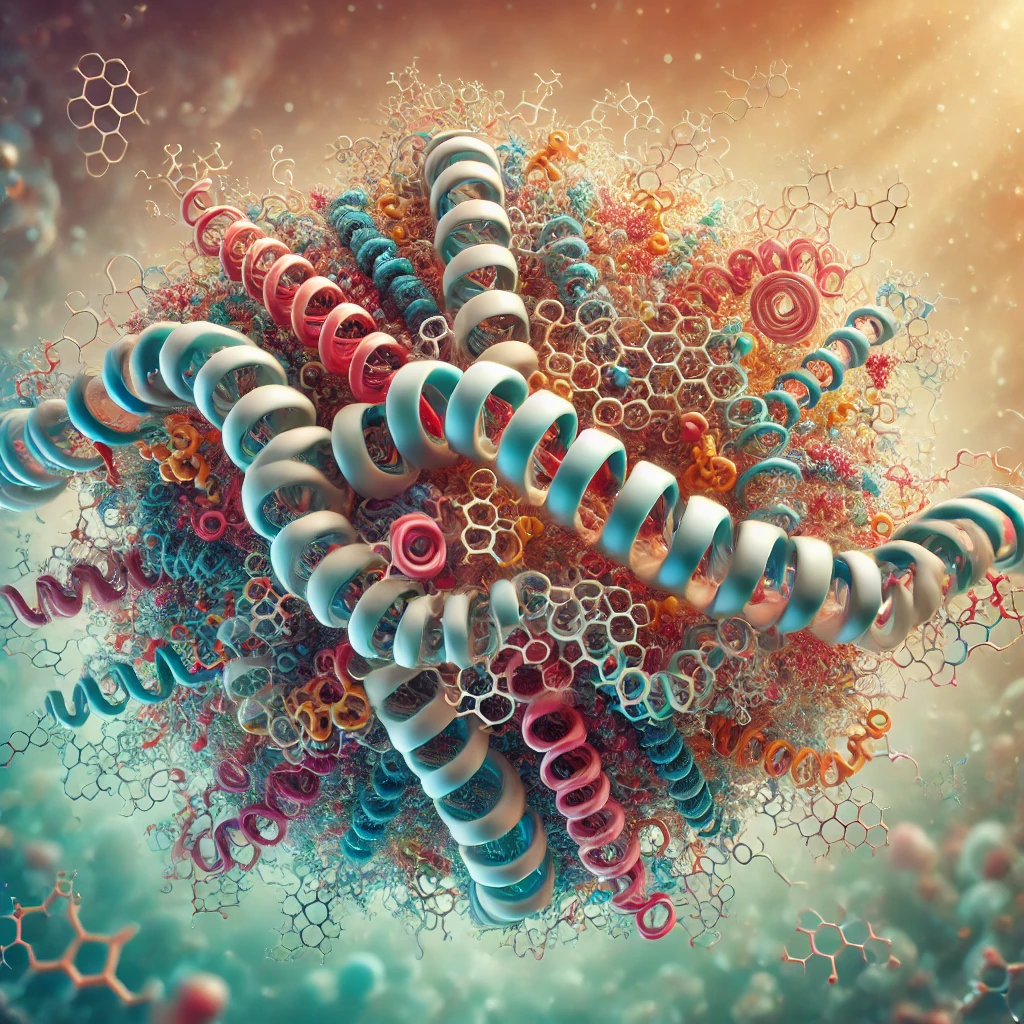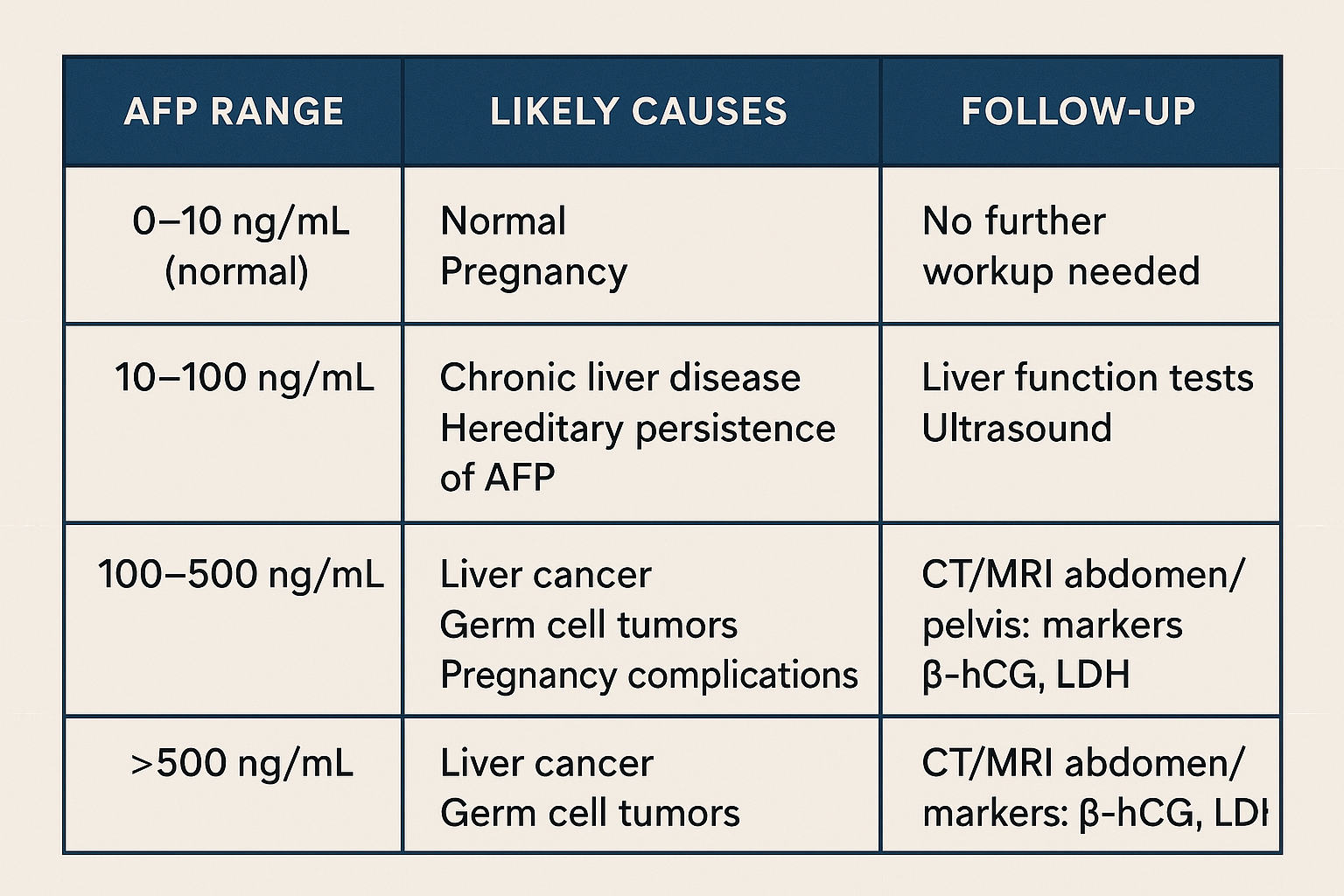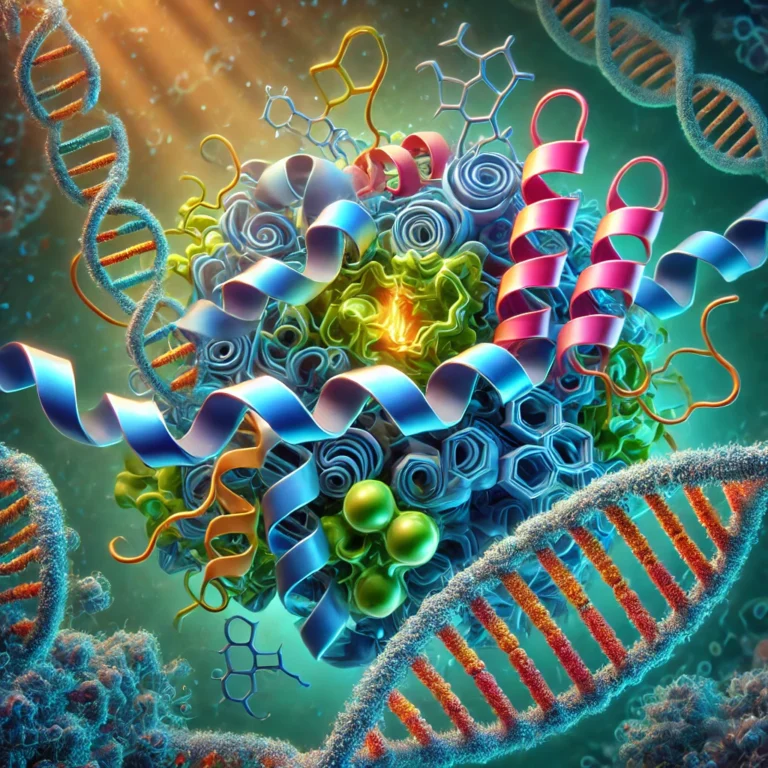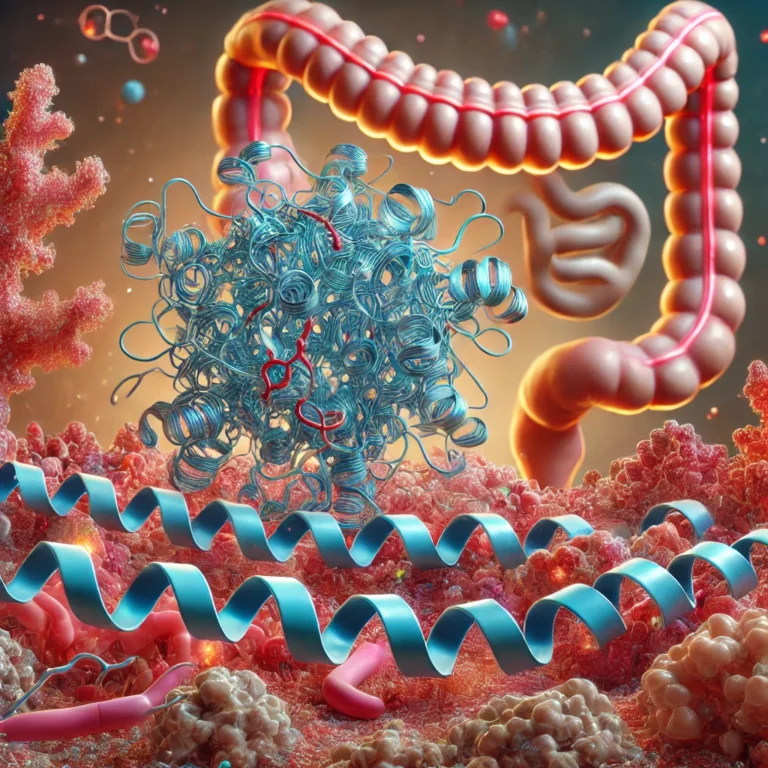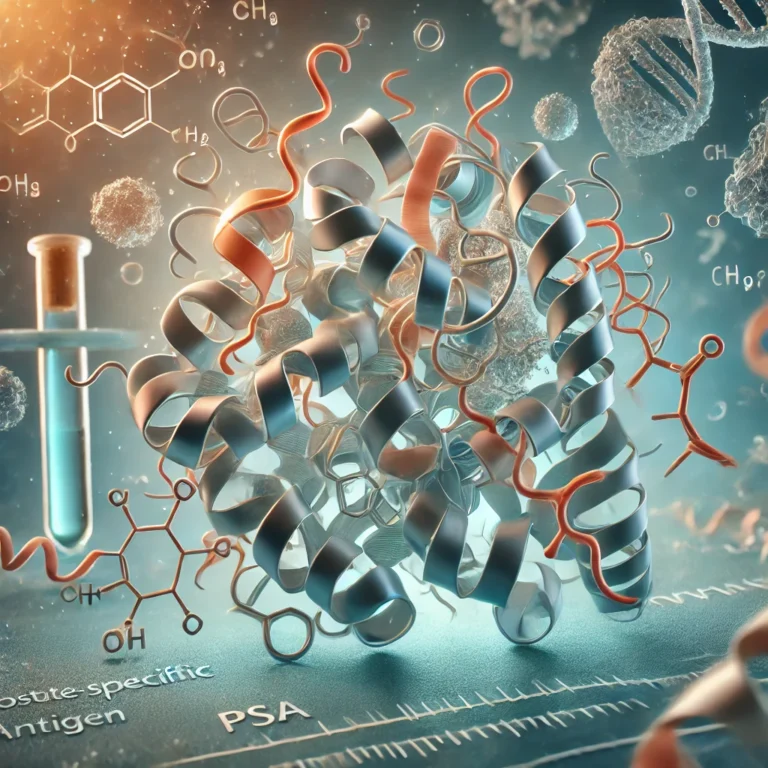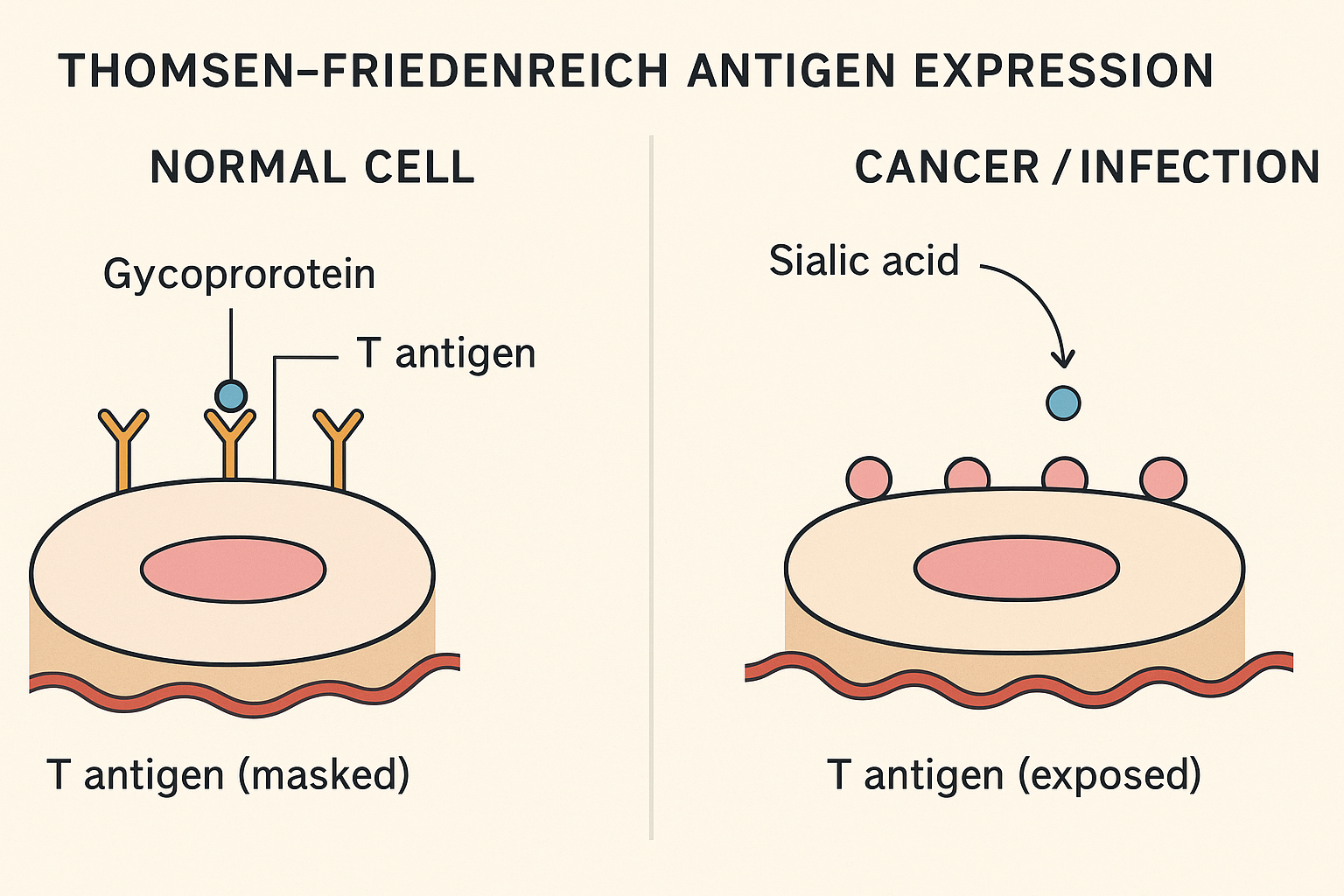Carbohydrate antigen 72-4 (CA72-4)
Carbohydrate antigen 72-4 (CA72-4) is a tumor-associated glycoprotein frequently studied as a biomarker for cancer, particularly gastric and gynecological malignancies. Here’s a detailed overview based on current research:
Overview and Diagnostic Role
- CA72-4 is primarily elevated in gastrointestinal, ovarian, endometrial, and lung cancers, and especially linked to gastric cancer. However, it is not highly sensitive or specific on its own (Wang et al., 2018).
- It shows limited diagnostic value when used alone, with an area under the curve (AUC) of only 0.62 for gastric cancer prediction (Wang et al., 2017).
- Combining CA72-4 with other markers like CEA, CA19-9, and CA15-3 significantly improves diagnostic accuracy for gastric and gynecologic cancers (Li et al., 2020), (Xiao-yan, 2011).
Prognostic and Monitoring Value
- Elevated CA72-4 is associated with poor prognosis and shorter survival in gastric, pancreatic, and esophageal cancers (Liu et al., 2015), (Feng & Chen, 2013), (Ychou et al., 2002).
- It is useful in monitoring recurrence after gastric cancer surgery, particularly when levels exceed 56.8 U/mL before recurrence (Guo-hu, 2011).
Detection Technologies
- Advances include quantum dot-labeled lateral flow strips and superparamagnetic immunochromatographic strips, enabling rapid and sensitive detection of CA72-4 in clinical settings (Yan et al., 2016), (Chen et al., 2016).
Age and Gender Effects
- Serum CA72-4 levels tend to decrease with age in females, but remain relatively stable in males, suggesting potential implications for reference values in screening (Duan et al., 2021).
Therapeutic Potential
- CA72-4 might also serve as a target for cancer therapies, including aptamer-based drug delivery and trastuzumab enhancement in HER2-positive gastric cancer (Xu & Huang, 2021).
Conclusion
CA72-4 is a valuable biomarker for monitoring and prognosis in several cancers, especially gastric cancer. While not reliable alone for diagnosis, its performance improves significantly when combined with other markers or advanced detection technologies.

